What if the amaryllis does not bloom?
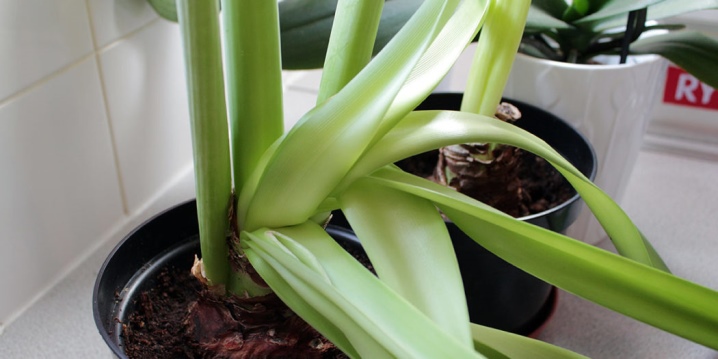
Amaryllis bulbs first appeared in Europe in the 18th century. Today this flower is very popular, and fame did not come to it gradually - the plant brought in by sailors quite quickly made gardeners and florists fall in love with itself. And to this day, amaryllis attracts those who love bright, even somewhat extravagant plants. But an inexperienced florist may refuse to grow a crop, considering it overly capricious. A common problem is that amaryllis does not bloom.
Comfortable conditions
This is the basic requirement of the flower. If you do not take care of him according to all the rules, then you really can not wait for gorgeous flowers.
What are these rules?
- As soon as the peduncle has formed and the last flower is tied, one should not forget about watering the culture. When the upper soil layer dries up, it is important to water the amaryllis, and twice a month to arrange a combined feeding for it.
- There is an interval between flowering and the formation of leaves - it is used to transplant bulbs and separate children from them.
- It is recommended to reduce watering when the foliage grows. When the leaves die off, watering is complete.
- The dormant period for a flower is marked by a temperature of +9. And it cannot be increased until the culture shows signs of growth again.

If the amaryllis has stopped blooming, make sure you are caring for it correctly. Please note that in natural conditions, a soil mixture is suitable for culture, including two peat loams, two loams, one sand / perlite. A glass of bone meal is added to 6 liters of this mixture.
When planting the bulbs, a significant part of it should be left above the soil. Amaryllis will not tolerate hypermoistening, but it will be able to cope with drought.
Why are there no flowers?
The reason for the lack of bud formation lies in the violation of the natural order, that is, in non-observance of the flowering conditions. Among them:
placing culture in a place with insufficient temperature and humidity indicators; deepening the bulb during planting; planting in a dense substrate that will not allow the root system to grow.
Moving the amaryllis out of the shade will also help to make the amaryllis bloom. Sometimes it is enough just to change the window sill, the room. If the plant does not have enough light for a long time, then the number of buds will decrease.
Also, at home, the flowering of amaryllis may stop if the bulb is frozen. A slight effect of subzero temperatures is enough for this to adversely affect the bulb.
Another potential cause is exhaustion due to an excessive number of babies that the grower did not separate in time.
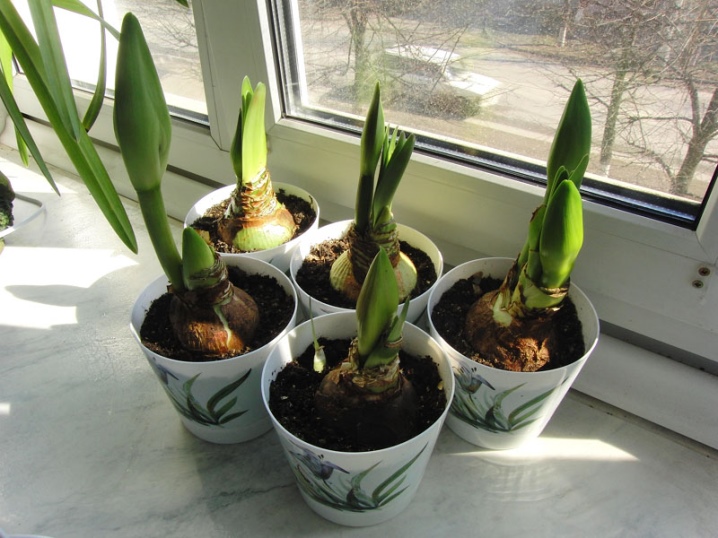
Lack of recovery
What to do in the absence of flowering?
Perhaps you have not adapted to the amaryllis cycle and do not know about the recovery period. When the inflorescences wilt and the leaves appear, bulbous plants are usually stocked up with renewed vigor. And this is done not only due to the nutrient soil components, but also due to the process of photosynthesis, which is organized by the leaves. This period is significant for Amaryllis.
For optimal flowering, the crop goes through a full annual cycle. Experts recommend not to prune the foliage if it wilted a little, but to wait for its natural wilting - natural drying and withering away.
But it happens that experienced flower growers are surprised at the lack of buds.“Last year,” they assure, “the amaryllis bloomed, but this year it only produces leaves.” We figure it out: usually, an adult bulb has only one peduncle. And when two strong inflorescences have developed over the soil, this can become an exorbitant load for the amaryllis. This means that the bulb, which worked fruitfully last season, failed to recover and “skips” a new flowering cycle. Amaryllis repeat this path of "forced leave" of other bulbous plants.
Young plants
By the way, perhaps your plant is still too young. If it is less than 3–6 years old, it may not have enough resources to bud bud. At home, such "young" plants do not go into hibernation, therefore they are kept warm all year round, fed and watered. And if the onion receives competent care, if the owner does not forget to feed and water it, then you should not worry about flowering.
Unsuitable pot
The case may also be in the container for the flower. It should be tall and narrow. The correct choice can be made in this way: if two fingers passed between the onion and the walls of the pot, then this is sufficient width. The stability of the flowerpot is also important, because the plant has a heavy peduncle, the flowers are also large.
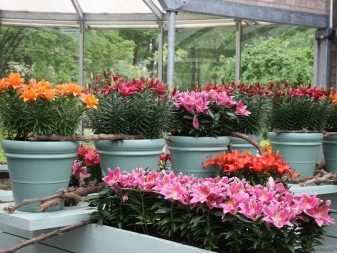
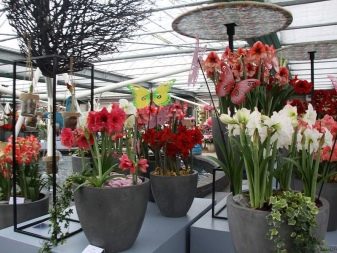
If you prefer a more spacious flowerpot, then keep in mind that new sprouts appear in it quickly, and this is not always good. Amaryllis is suitable for a tight space - in it flowering will go faster.
Weak bulb
If the bulb is still young or just weak, the appearance of flowers can also not wait. After the flowering of the bush, the bulb is actively gaining strength, it accumulates nutrients and useful components. The larger the bulb, the higher the chances that the new season for amaryllis will be successful.
Choose for planting only a healthy bulb with a diameter of 8–10 cm. If you notice deformed roots (dried out and rotten) on the bulb, they should be removed.

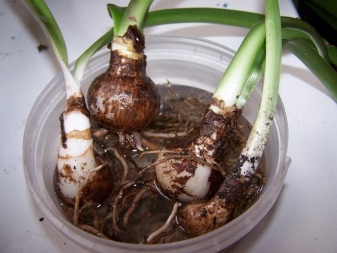
Important! Young plants bloom after three years. If you grow amaryllis from seeds, then flowers should be expected in five to seven years.
Bloom extension
In order for the amaryllis to bloom longer, it is recommended to put the flowerpot in a cool place. There, ultraviolet light is not afraid of him. After the bud opens, the peduncle must be cut off and placed in a vase. Chronologically, the flowering of amaryllis in a vase is equal to flowering on a bulb. Usually, pruning the initial inflorescence stimulates the crop to release a new arrow.
There is also an alternative way. When the buds begin to open, the yellow anthers in the plant are carefully removed with tweezers. And you need to have time to do this even before the crumbling pollen.
It is also significant whether the florist acts correctly after the amaryllis flowers wither. Stop feeding the crop in September. It should be watered minimally; in October, watering stops completely. Usually at this time, the culture actively sheds its leaves. The nutrients are sent to the bulb, and this period is the beginning of preparation for flowering.

Do not forget about all the bulbs care items. Business requires experience, skill. Novice flower growers may not know that in winter amaryllis is able to "sleep" not only in a pot, but also in a box with sawdust, that at the end of the first month of winter it is necessary to awaken the plant: this is done by high-quality watering (warm water is used).
What difficulties are possible?
The owner himself does not always notice that the conditions that are important for growing crops have changed. The temperature regime cannot exceed 24 degrees. But even during the flowering period, it should not fall below 19 degrees. Without organizing such conditions, amaryllis can weaken, shedding buds.
Notice if there is enough light for the flower. Bright natural light is an important and necessary condition for good flowering. If it's a little gloomy outside your window, you need to look for options.
And one more thing: during the watering period, some growers do it forgiven, defective, as a result of which the top layer of the soil may remain dry.It is also imperative to spray the flower with warm water from a spray bottle.
Amaryllis is a beautiful plant; there is no equal to it during the flowering period. It looks perfect in a gift bouquet, and just as an interior decoration. Therefore, careful care and some capriciousness is a tribute equivalent to a chic flowering. When purchasing amaryllis, be prepared to study information about it - the flower will not survive if the grower is not "armed" with knowledge.

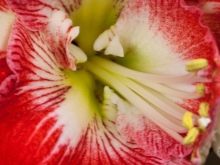

You can watch the amaryllis planting in the video below.

























The comment was sent successfully.